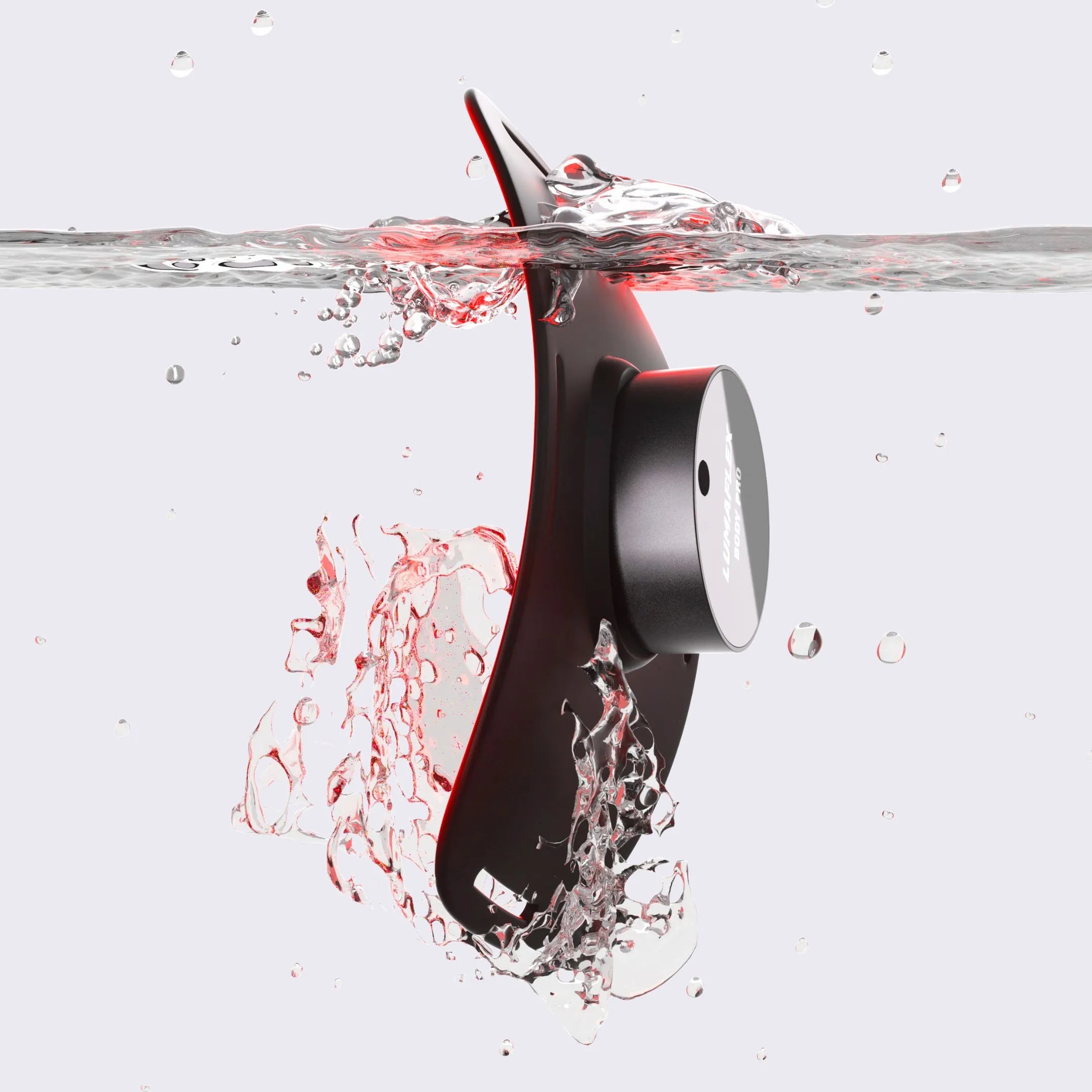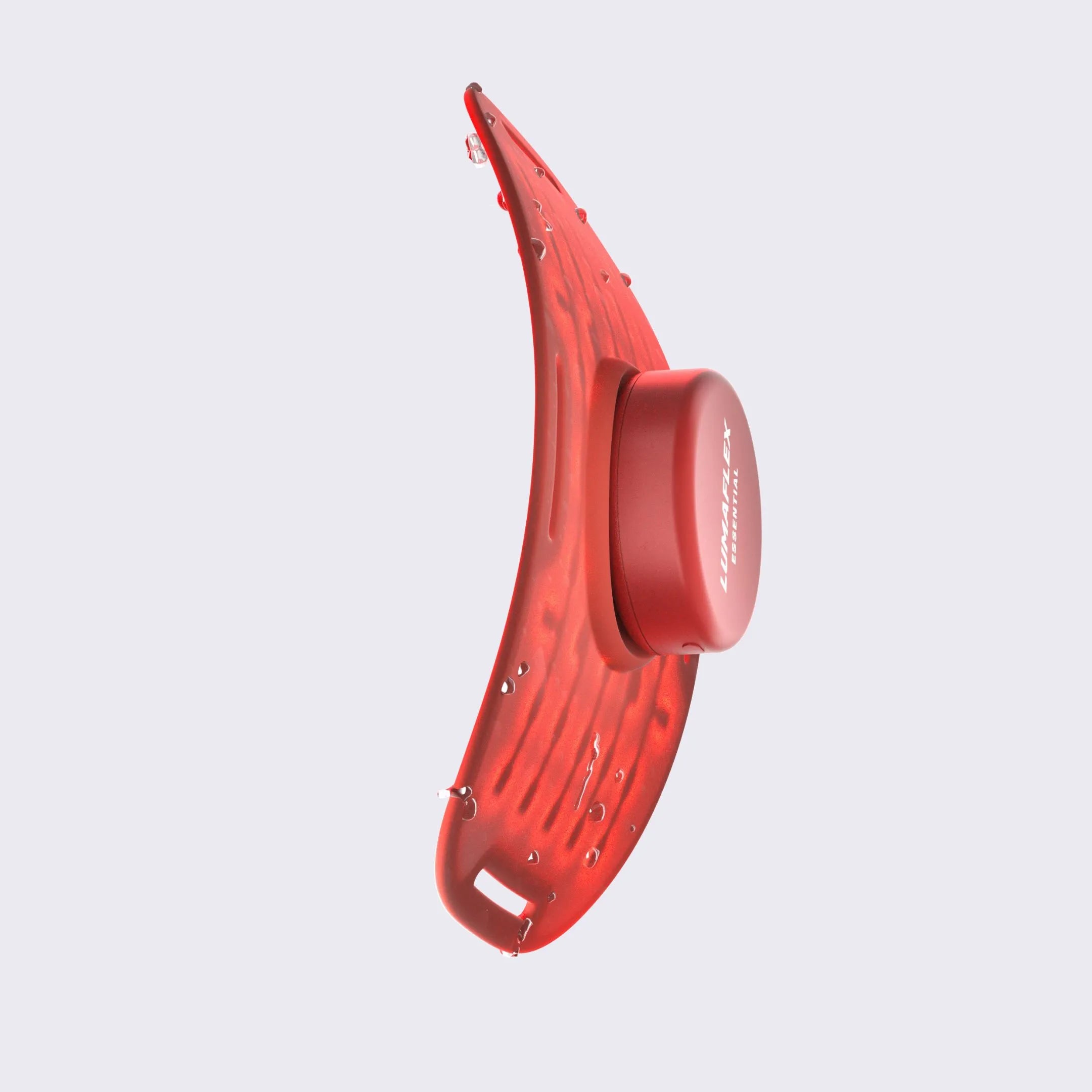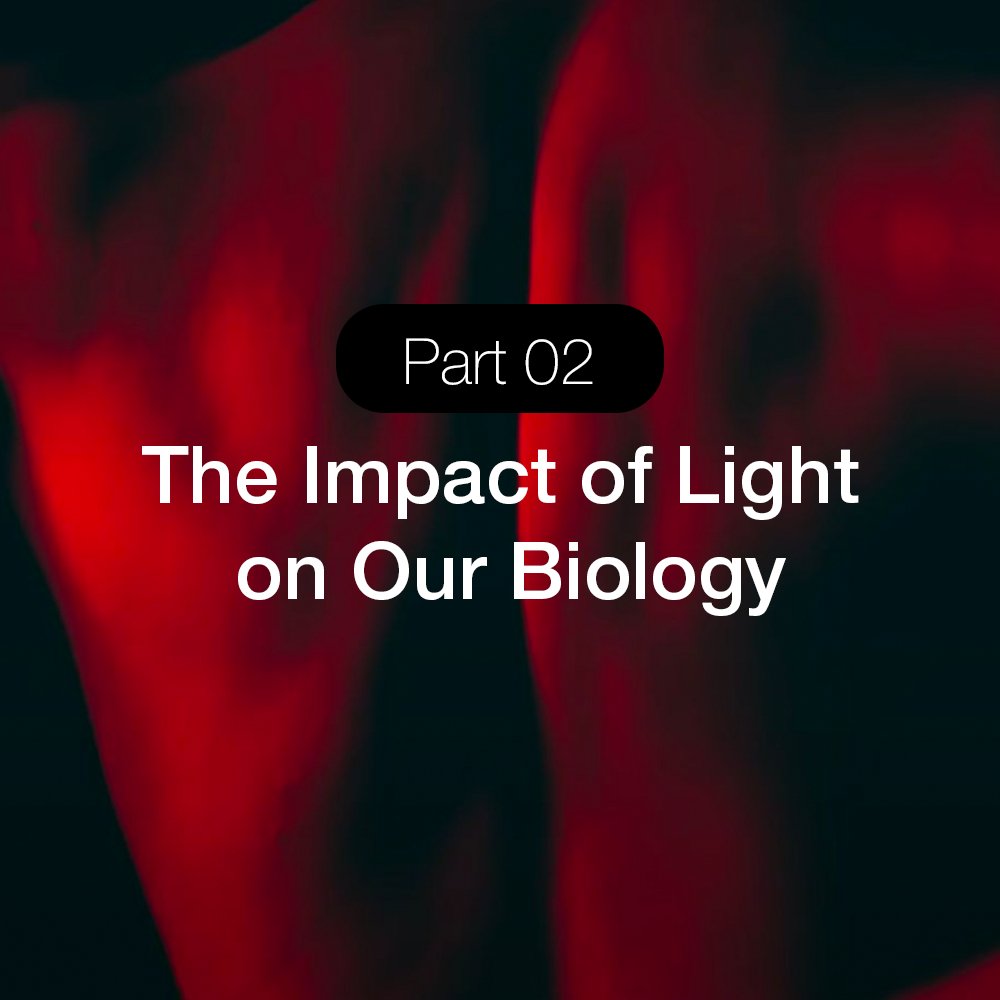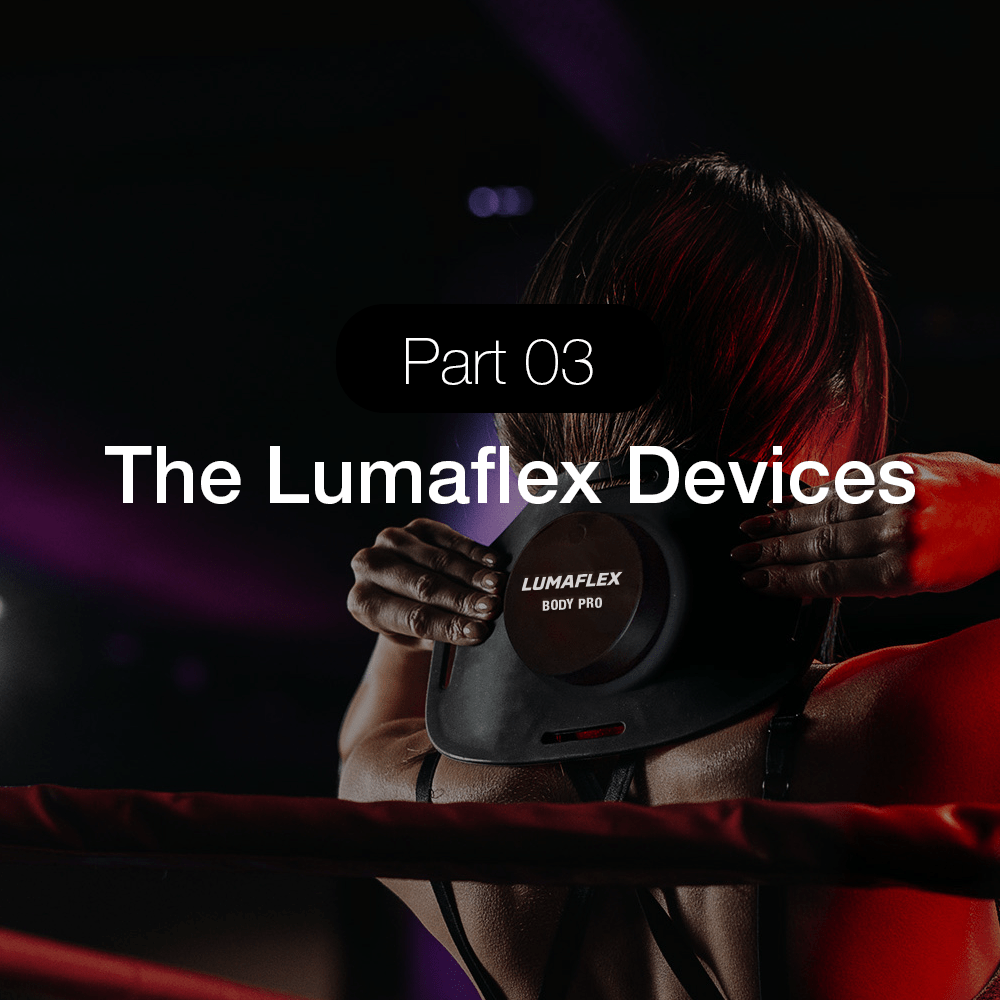Red Light Therapy Devices for Face: Cost vs. Professional Treatments (Is At-Home Worth It?)
- 1. Did Celebrities Just Reveal Their Secret?
- 2. What Is Red Light Therapy for the Face?
- 3. Skin Benefits of Red Light Therapy Devices
- 4. Types of Red Light Therapy Devices for Face
- 5. At-Home vs Clinical Treatments
- 6. Cost Comparison & ROI
- 7. Popular At-Home Red Light Therapy Devices
- 8. Why Celebrities Are Obsessed
- 9. Safety Tips for Red Light Therapy Devices
- 10. Final Thoughts
- 11. FAQs about red Light Therapy Devices for Face
- 12. Additional Readings
Did Celebrities Just Reveal Their Secret?
"Did Celebrities Just Reveal Their Secret?" isn't just a question - it's a revelation. A-listers like Jessica Alba, Kate Hudson, and Victoria Beckham have long been fans of red light therapy devices for face. This non-invasive LED technology has been a staple in Hollywood for years, but it's now more accessible than ever.
Red light therapy devices for face use specific wavelengths of light to stimulate cellular repair, leaving skin looking smoother and more radiant. No wonder it's becoming a growing trend at home, too. But is investing in an at-home device or opting for professional treatments the best choice?
In this article, we'll break down the costs and results of both options, helping you decide which is the best investment for your skincare routine. Get ready to glow like a celebrity without breaking the bank.
What Is Red Light Therapy for the Face?
Red light therapy for the face is a non-invasive treatment that uses low-level red wavelengths to penetrate the skin and stimulate cellular repair. This innovative technology originated from NASA research, which explored the use of light-emitting diodes (LEDs) to promote plant growth in space.
Today, red light therapy is trending in the beauty world due to its natural, pain-free approach to achieving healthier-looking skin. With its growing popularity on social media, it's no wonder many are turning to this treatment to address various skin concerns. Notably, red light therapy is FDA-cleared for certain skin uses, including reducing fine lines and wrinkles, and promoting wound healing. By harnessing the power of specific wavelengths, facial LED treatment can help rejuvenate and restore the skin's natural glow.
How It Works on a Cellular Level
The science behind red light therapy is fascinating. On a cellular level, mitochondria absorb the LED light wavelengths, boosting ATP (energy) production and kickstarting a series of rejuvenating processes. Specifically, wavelengths between 630-670 nm penetrate the dermis layer, stimulating collagen production, improving circulation, and reducing inflammation. This process is similar to photosynthesis in plants, where light energy fuels growth and development.
In the skin, the increased energy production triggers a cascade of benefits, including enhanced collagen synthesis, improved skin texture, and reduced signs of aging. By harnessing the power of LED wavelengths, red light therapy devices for face can help skin look healthier, smoother, and more radiant.
Skin Benefits of Red Light Therapy Devices
The skin benefits of red light therapy devices are numerous and impressive. By stimulating collagen production, these devices can help reduce the appearance of fine lines and wrinkles, resulting in a smoother, more youthful-looking skin. Increased blood flow also leads to a more radiant skin tone, leaving the complexion looking healthy and vibrant.
Additionally, red light therapy can reduce redness and inflammation, making it an excellent option for those with rosacea or acne-prone skin. Some studies even suggest that it may speed up wound healing, minimizing the appearance of scars and blemishes. With regular use, typically 4-6 weeks, the benefits of red light therapy can really start to build, revealing brighter, more even-toned skin that's full of life and vitality. A collagen LED mask can be a great way to experience these benefits in the comfort of your own home.
Effectiveness for Different Skin Concerns
Red light therapy devices have shown impressive effectiveness in addressing various skin concerns. Here are some of the benefits:
- Wrinkle Softening & Skin Firmness: Red light therapy can soften fine lines and improve skin firmness, giving the face a more youthful appearance. The therapy utilizes light-emitting diodes (LEDs) or low-level lasers to deliver red and near-infrared light to the skin, stimulating cellular processes such as ATP production and collagen synthesis (Couturaud et al., 2023). Clinical trials have reported significant improvements in skin complexion, texture, and intradermal collagen density following red light treatments (Wunsch & Matuschka, 2014). Additionally, red light therapy has been found to protect skin cells from UV-induced damage, potentially preventing photoaging (Mezghani et al., 2015).
- Acne & Oil Control: When combined with blue light, red light therapy can help control acne and reduce oil production. Chen Chun (2008) reported a 35.7% reduction in lesion count with combined blue-red light, outperforming blue light alone. Goldberg & Russell (2006) observed an 81% reduction in lesions after 12 weeks of treatment, with minimal side effects. Papageorgiou et al. (2000) found that blue-red light therapy achieved a 76% improvement in inflammatory lesions, significantly superior to blue light alone, benzoyl peroxide, or white light. The effectiveness is attributed to the combination of blue light's antibacterial properties and red light's anti-inflammatory effects and deeper penetration (Kharazi et al., 2021).
- Scar Texture Improvement: It can improve scar texture, especially for fresh scars, promoting smoother skin. ED-red light (LED-RL) phototherapy has been found to be safe in early postoperative periods and may reduce scarring when applied at specific fluences (Kurtti et al., 2021). The treatment modulates key cellular and molecular processes involved in skin fibrosis, potentially limiting excessive scarring by decreasing dermal fibroblast activity and collagen production (Nguyen et al., 2019). Low-level laser therapy (LLLT) using red and near-infrared wavelengths has demonstrated beneficial effects on various skin conditions, including hypertrophic scars and burn healing (Avci et al., 2013).
Clinical studies back up these claims, demonstrating the therapy's potential in rejuvenating the skin. However, results may vary depending on individual skin types, device strength, and consistency of use.
Types of Red Light Therapy Devices for Face
When it comes to red light therapy devices for the face, there are several options to consider. Here are some of the most popular types:
- LED Face Masks: These masks provide full-face coverage and are hands-free, making them a favorite among celebrities. They're perfect for targeting facial skin concerns like fine lines, wrinkles, and skin tone.
- Handheld Wands: Small and portable, handheld wands are great for targeting specific areas like the eyes, mouth, or forehead. They're also easy to use on-the-go.
- Red Light Therapy Panels: These panels offer higher intensity and can be used on multiple body areas, including the face. They're ideal for those who want to treat larger areas or multiple concerns at once.
- Red Light Therapy Beds: For a full-body spa-level experience, red light therapy beds are the way to go. They're perfect for those who want to rejuvenate their skin from head to toe.
Each type has its pros and cons, including varying levels of comfort, power, and portability. By understanding your specific skin concerns and needs, you can choose the device that's right for you.
At-Home vs Clinical Treatments
When it comes to red light therapy, you have two options: at-home treatments or professional clinical sessions. Here's a comparison:
Clinical Treatments:
- Higher power output for faster results
- Can be more expensive, with costs ranging from $50 to $150 per session
At-Home Devices:
- Lower upfront cost, with devices ranging from $150 to $500+
- Time-saving and convenient, allowing for treatment in the comfort of your own home
- Can be used regularly for maintenance and upkeep
Many dermatologists recommend starting with professional treatments to get faster results, and then maintaining those results with at-home devices. This approach can be cost-effective and convenient, allowing you to enjoy the benefits of red light therapy without breaking the bank. By weighing the pros and cons of each option, you can decide which approach is best for your skin concerns and lifestyle.
Cost Comparison & ROI
When considering red light therapy, cost is a crucial factor. Let's break down the costs:
Professional Sessions:
- $50 to $150 per session
- Initial series: $1,200 to $3,600 (assuming 8-12 sessions)
At-Home Devices:
- One-time cost: $150 to $500+
Now, let's look at the return on investment (ROI). With an at-home device, you can potentially save up to $12,000+ over 5 years. Here's a breakdown of the break-even point:
Budget-Friendly Options
- Hooga Red Light Therapy Belt: A compact and affordable option for localized soreness relief, priced at $299. It uses proven 660nm red and 850nm near-infrared wavelengths for effective recovery benefits.
- Nushape Lipo Wrap: A wrap that uses 635nm red light phototherapy to reduce cellulite, boost lymphatic drainage, and increase collagen production, priced at $499.
Mid-Range Options
- Kineon Move+ Pro: A portable, wearable device that combines laser and LED technology for deeper tissue penetration and targeted relief, priced at $499. It's ideal for athletes managing chronic joint stress and looking for a cost-effective solution.
Premium Options
- Lumaflex Body Pro: A high-end, wearable red light therapy device with FDA clearance, priced at $689. It offers dual wavelength technology (630nm and 850nm) for surface-level and deep tissue treatment, and features a waterproof design and flexible form factor.
- Lumaflex Essential: A more affordable option from Lumaflex, priced at $399, designed for speedy 10-minute treatments. It's a wearable, flexible, and FDA-cleared device for daily use.
When calculating the ROI, consider the device's lifespan (typically 5-10 years) and warranty. With proper care, an at-home device can provide long-term savings and convenience. By investing in a red light therapy device, you can enjoy the benefits of LED therapy without the ongoing costs of professional sessions.
Popular At-Home Red Light Therapy Devices
LED Masks
- Dr. Dennis Gross DRx: A premium option priced at $435, known for its effectiveness in reducing fine lines and wrinkles.
- CurrentBody Skin: Priced between $380-$450, this mask offers advanced red light therapy for skin rejuvenation.
- Infraredi LED Light Therapy Mask: A more affordable option at $54, featuring red and blue LED lights for skin rejuvenation and acne treatment.
- MZ Skin Gold Mask: A high-end option priced at $600+, offering advanced red light therapy for skin rejuvenation.
Wands
- SolaWave 4-in-1: Priced between $169-$200, this wand offers red light therapy, galvanic current, facial massage, and therapeutic skincare in 12 minutes.
- LightStim for Wrinkles: Priced at $249, this handheld device targets wrinkles and fine lines.
Panels
- Joovv Mini 3.0: Priced at $745, this panel offers full-body red light therapy for skin rejuvenation and pain relief.
- Lumaflex Body Pro: Priced at $689, this wearable device offers dual wavelength technology for surface-level and deep tissue treatment.
- RedRush 720 ULTRA Body Light: A high-end option priced at $963.92, offering full-body red light therapy for skin rejuvenation and muscle recovery.
- NovaaLab: Priced at $179.95, this device offers full-body red light therapy for pain relief and skin rejuvenation.
When comparing these devices, consider factors such as wavelengths, treatment time, and warranty to find the best fit for your needs.
Why Celebrities Are Obsessed
Celebrities are obsessed with LED masks and red light therapy devices because they offer a convenient and private way to maintain glowing, red-carpet-ready skin. These devices fit seamlessly into busy schedules, allowing celebrities to multitask during treatments, whether they're on calls or traveling. LED masks help extend the benefits of professional facials, keeping skin looking its best between appointments. With paparazzi constantly on the lookout, celebrities appreciate the discretion these at-home treatments offer. By enhancing the results of their existing skincare routines, LED masks and red light therapy devices have become a staple in many celebrity beauty routines.
Safety Tips for Red Light Therapy Devices
To ensure safe and effective use of red light therapy devices, follow these guidelines:
- Wear proper eye protection: Use provided goggles or glasses to shield your eyes from the bright light.
- Follow manufacturer timing guidelines: Adhere to recommended treatment times to avoid overexposure.
- Clean device after each use: Regularly clean and maintain your device to prevent bacterial growth.
- Avoid if on light-sensitive medications: Consult your doctor if you're taking medications that may react with light therapy.
- Patch test for sensitive skin: Perform a patch test before using a new device, especially if you have sensitive skin.
By following these safety tips, you can enjoy the benefits of red light therapy while minimizing potential risks.
Final Thoughts
Red light therapy devices for face offer a valuable solution for achieving radiant, youthful skin. With its science-backed effectiveness and celebrity approval, it's a worthwhile investment. At-home devices provide long-term savings and convenience. For best results, consistency is key. Incorporate red light therapy into your regular skincare routine to unlock its full potential.
Learn more about Red Light Therapy Here
FAQs about red Light Therapy Devices for Face
How often should I use an LED for Face?
Use 2-3 times a week for optimal results, following the manufacturer's guidelines for treatment duration and frequency.
Can red light therapy damage skin?
When used correctly, red light therapy is safe and non-damaging. Follow guidelines and consult a professional if concerns arise.
Is it safe around eyes?
Yes, but wear protective eyewear to shield your eyes from the bright light. Direct exposure can cause discomfort.
Can it treat acne scars?
Red light therapy can improve skin texture and reduce appearance of acne scars by promoting collagen production and healing.
Which wavelength is best for anti-aging?
630-700nm red light wavelengths are ideal for anti-aging, stimulating collagen production and improving skin elasticity and fine lines.
Additional Readings
- Red Light Therapy Results for Skin: Complete Benefits Guide
- Maximize Your Skin Health: A Complete Guide to Red Light Therapy for Skin Cancer Treatment
- Red Light Therapy with IV Therapy: A Revolutionary Skin Treatment
- Myth-Busting: Can Red Light Therapy Tan Your Skin?
- Transform Your Skin: Red Light Therapy Before and After
- Red Light Therapy for Skin, Pain, and Hair: How Long Will It Take to Notice Changes?
- Festive Skin Solutions: The Advantages of Red Light Therapy for Hyperpigmentation During the Holidays
- Red Light Therapy for Wrinkles: The Natural, Non-Invasive Solution for Youthful, Radiant Skin
- Red Light Therapy for Atrophic Scars: Effective Solutions for Your Skin Health Goals
- Can You Use Red Light Therapy with Retinol? RLT for Skincare





